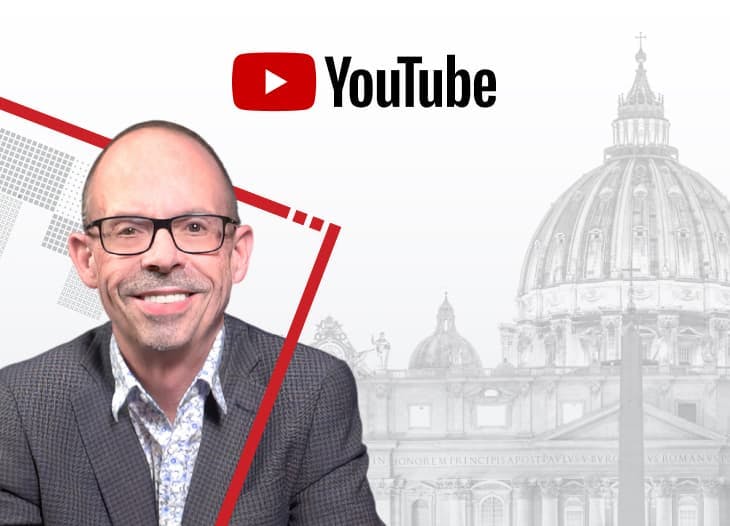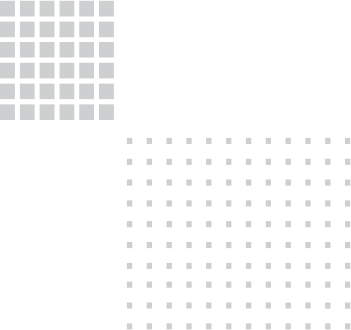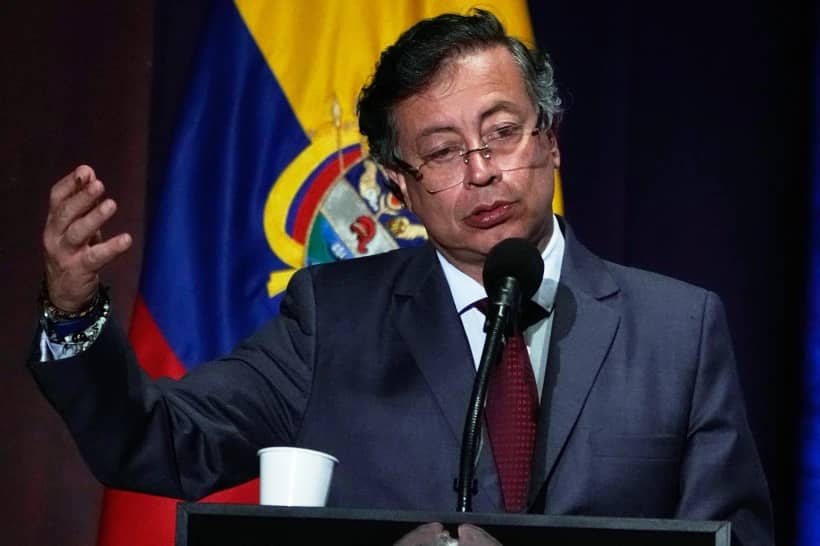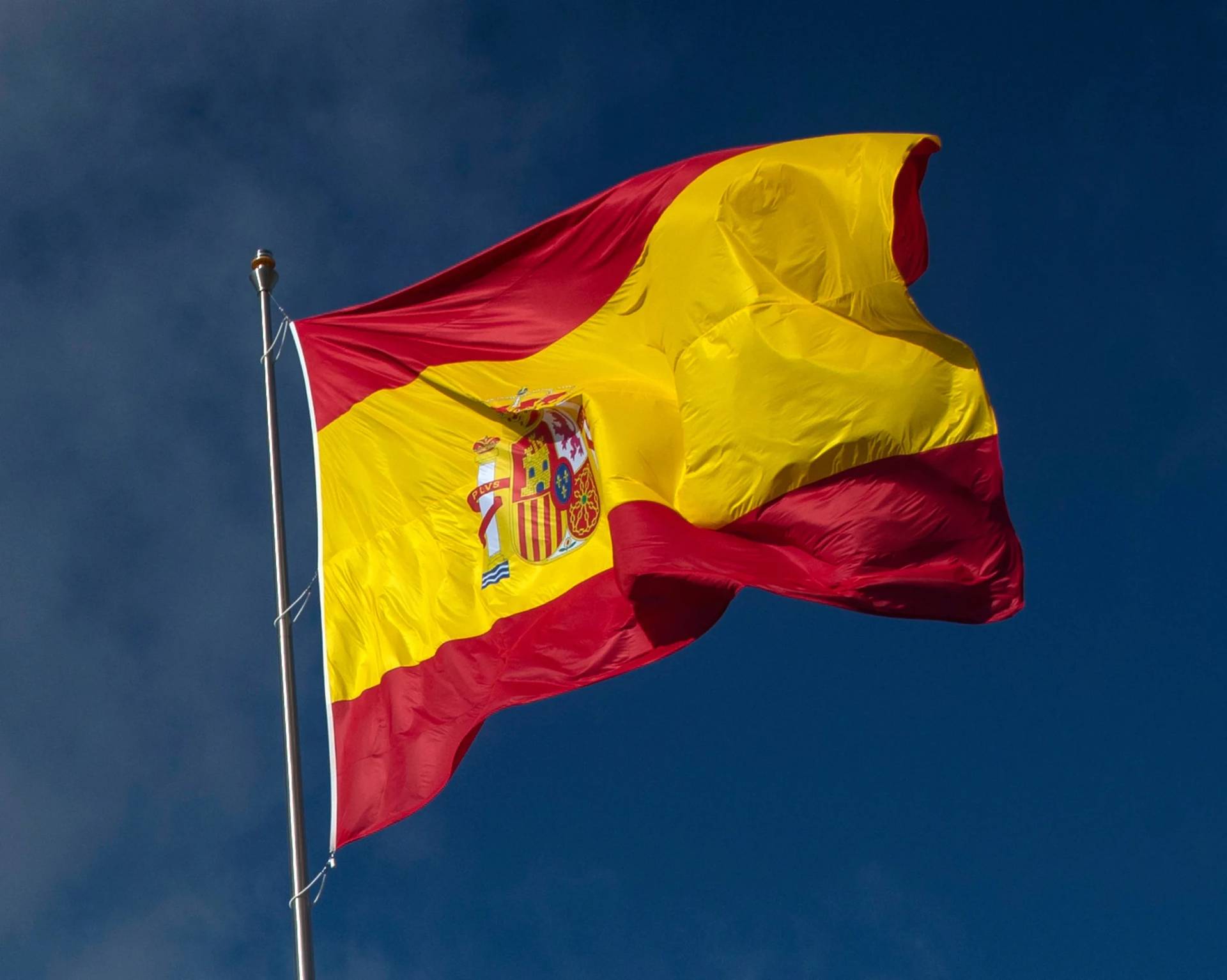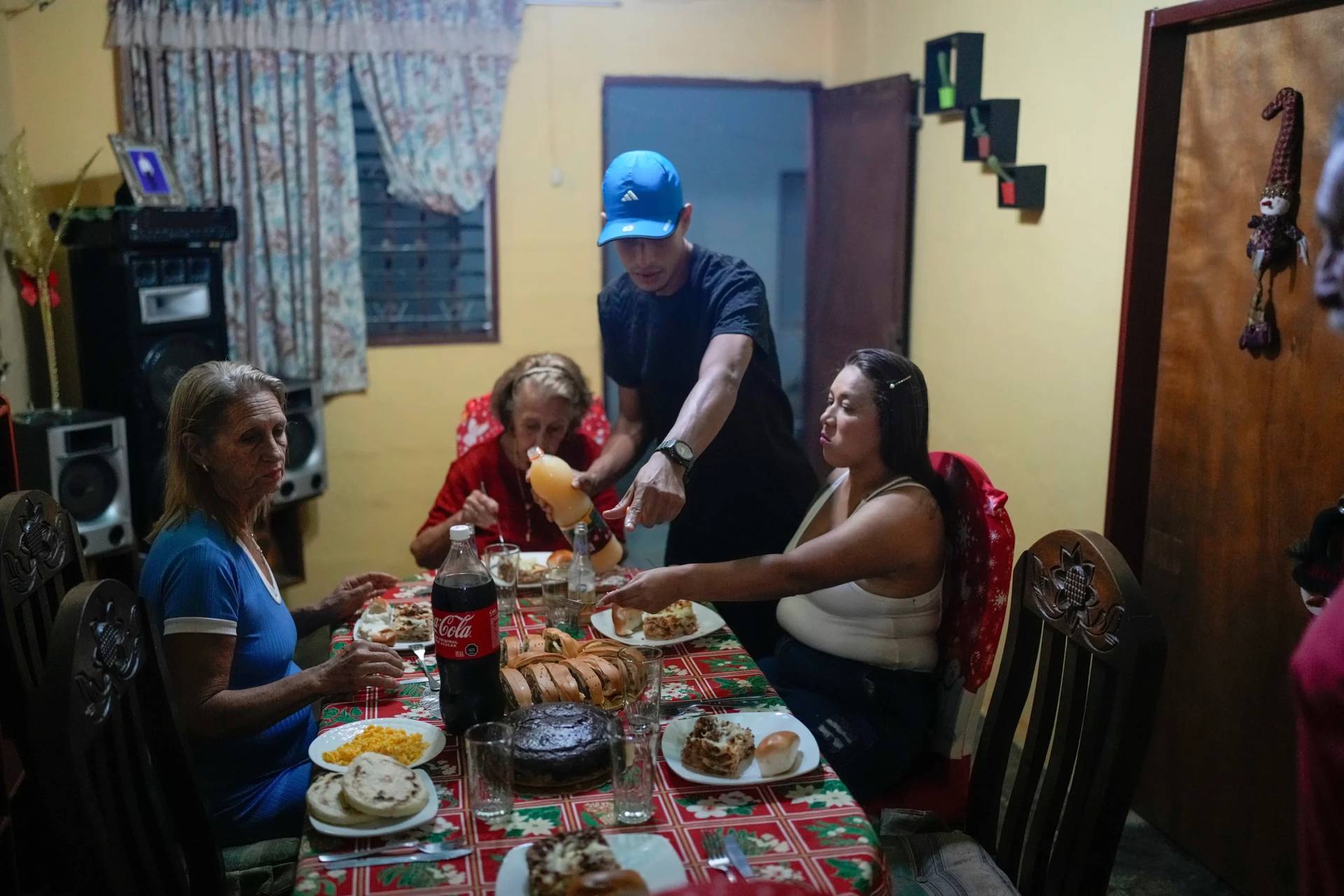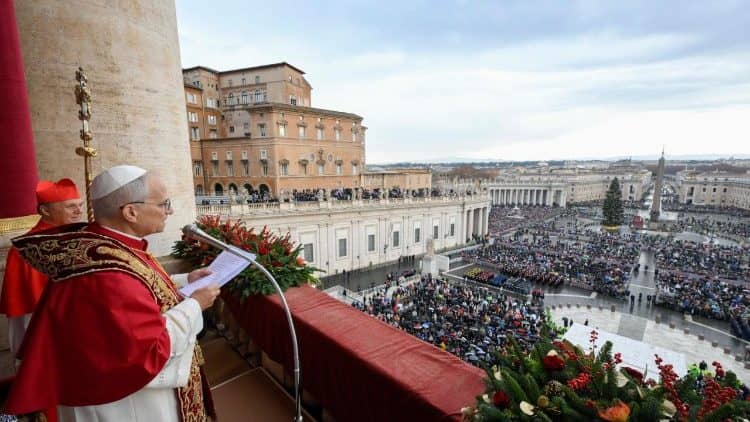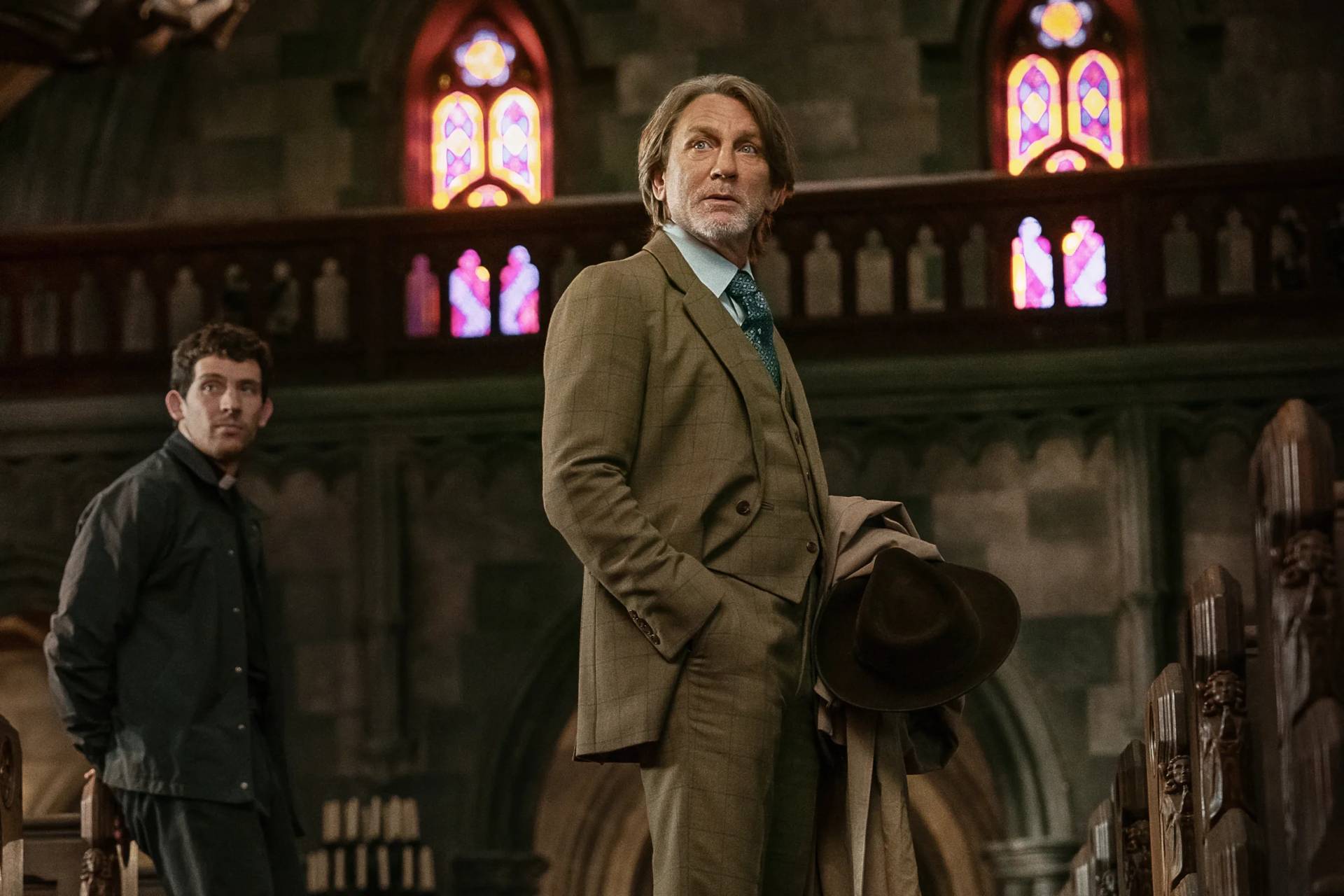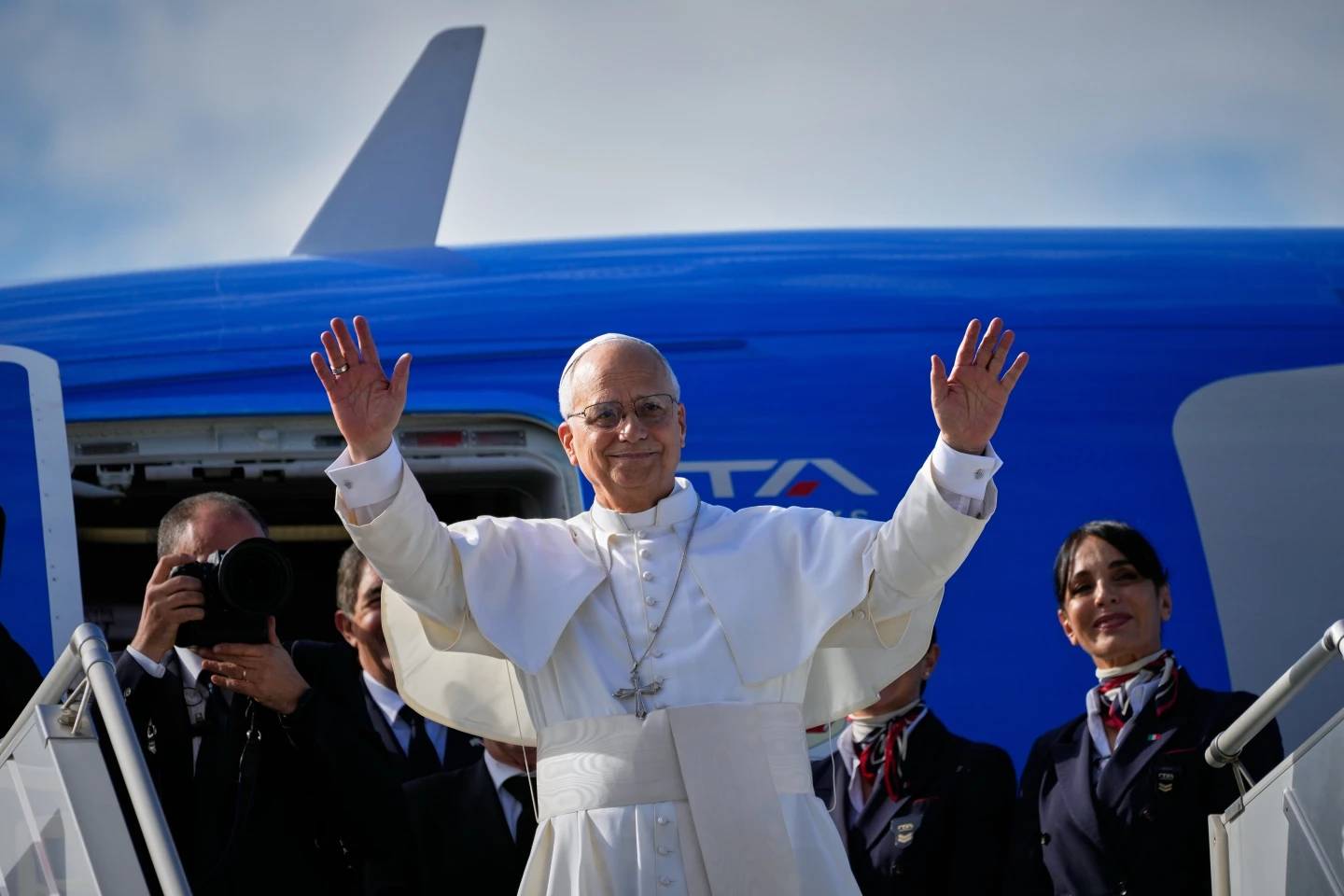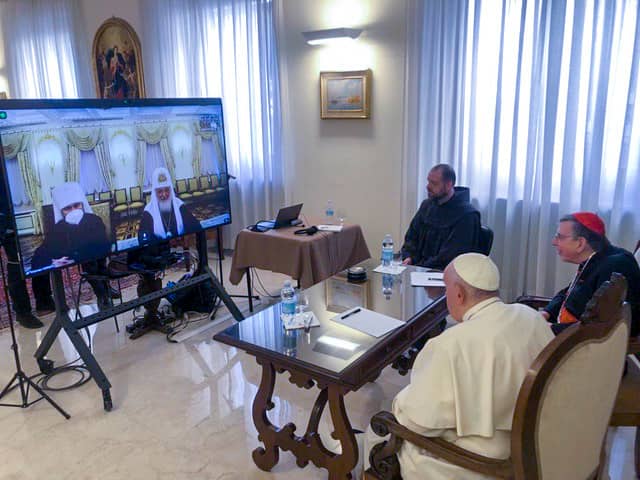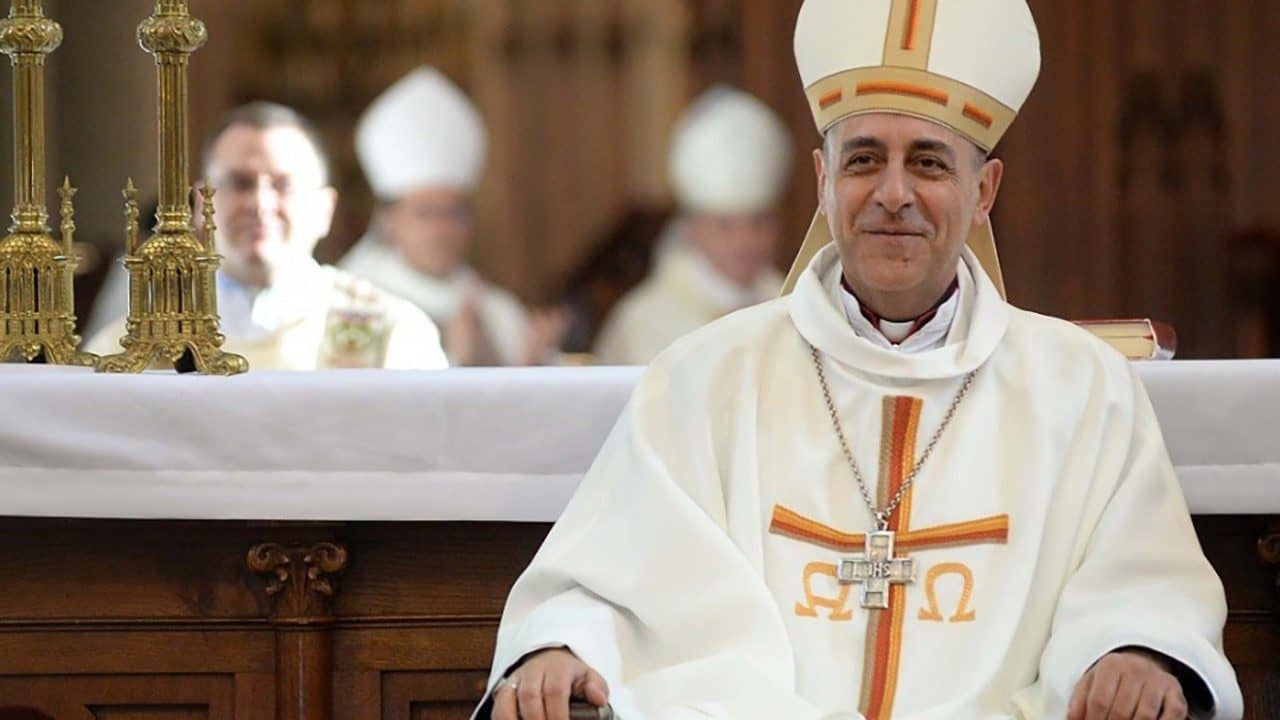ROME – Recently Pope Leo caused a ruckus among American Catholics by saying the death penalty and immigration are “pro-life” issues alongside abortion. By extension, he also suggested that the lone yardstick for measuring a Catholic politician’s pro-life commitment cannot be his or her voting record on abortion.
The consternation was especially pronounced among the cohort in the American church which has been raised, for more than two generations now, on the idea that Catholic identity is primarily about opposition to abortion: The more anti-abortion, the more Catholic, and vice-versa. Some charged Leo had espoused a novelty which began under Pope Francis, in opposition to previous popes John Paul II and Benedict XVI.
In fact, however, a broader understanding of what it means to be pro-life is actually among the numerous points that unite the last four popes, as opposed to the relatively rare matters which divide them. St. John Paul II is the classic example.
To begin, let’s stipulate that John Paul yielded pride of place to no one in the fervency of his opposition to abortion. He called it an “unspeakable crime,” and the post-Soviet phase of his papacy was devoted in large measure to combatting what he described as a spreading “Culture of Death,” of which abortion was the prime example.
John Paul’s Vatican fought titanic battles in the mid-1990s against the Clinton administration and other forces which sought to enshrine access to abortion in international law as a fundamental human right. In tandem with Islamic states and a cross-section of nations from the developing world, the Vatican beat back those efforts at U.N. conferences in Cairo in 1994 and Beijing in 1995.
Yet for John Paul, abortion was hardly his lone “pro-life” concern. Let’s take the two examples cited by Leo, the death penalty and immigration.
John Paul was essentially an abolitionist on the death penalty, calling it an “unworthy punishment,” praying for a global ban on capital punishment on multiple occasions, and arguing that whatever conditions may have justified the death penalty in previous eras are “practically non-existent” in modern societies.
He practiced what he preached, personally intervening in death penalty cases around the world to request clemency for the condemned. One such moment came in 1999 during a visit to St. Louis, when John Paul personally appealed to then-Governor Mel Carnahan to spare the life of a death row inmate named Darrell Mease. Carnahan wasn’t Catholic but he was deeply religious, serving as an ordained deacon at his Baptist church, and upon reflection he granted the pope’s request despite remaining pro-death penalty.
Mease, 79, remains alive today because of the pope’s appeal.
On immigration, John Paul recognized the right of nations to regulate their borders, but insisted the proper way of limiting entry isn’t by “tightening laws and reinforcing border control systems,” but rather through addressing the root causes of migration by promoting peace and development in societies of origin.
No matter what, John Paul taught, immigrants never lose their fundamental human dignity. He called especially on Christian communities to show solidarity and compassion, and, anticipating Francis, he called for the construction of a “culture of welcome”. Pointedly, he said this duty applies whether or not a given immigrant has arrived through the proper legal channels.
“Today the illegal migrant comes before us like that ‘stranger’ in whom Jesus asks to be recognized,” the pope said in his 1996 message for World Migration Day. “To welcome him and to show him solidarity is a duty of hospitality and fidelity to Christian identity itself.”
One could go on.
There’s John Paul II on economic justice, for instance, where some of his ideas are so radical as to still seem fresh almost 45 years later. For instance, he taught that the right to private property is not absolute because property is under a “social mortgage,” meaning that private ownership is justified only if it serves the common good.
Or, there’s John Paul II on the environment. Long before Francis came along, a pope in 1990 was saying, “The gradual depletion of the ozone layer and the related ‘greenhouse effect’ has now reached crisis proportions,” and declaring, “The ecological crisis is a moral issue.”
There’s also John Paul II the “Peace Pope,” forever condemning armed conflict and the global weapons trade. John Paul may not have been a pacifist, but he was a vocal critic of virtually every use of force of his era – including, memorably, his role as the leader of the global moral opposition to the 2003 U.S.-led war in Iraq.
John Paul II didn’t really use the term “pro-life,” which is a bit of American political argot. Nevertheless, these examples, and countless others, make clear that when John Paul pondered threats to life, it wasn’t just abortion he considered … and when he thought about the responsibilities of Christians to defend life, it wasn’t just opposing abortion he had in mind.
As a footnote, John Paul didn’t necessarily embrace the full agenda of the more aggressively pro-life elements of the American church either. In the late 1990s and early 2000s, when some American bishops were publicly floating the idea of communion bans for pro-choice Catholic politicians, John Paul himself often administered communion to pro-choice Catholic public figures – including, for instance, then-Roman Mayor Francesco Rutelli during the Great Jubilee of 2000.
Obviously, that didn’t make John Paul II soft on abortion. It perhaps did suggest, however, that he took a more ample view of what the full measure of someone’s “pro-life” commitments ought to be.

